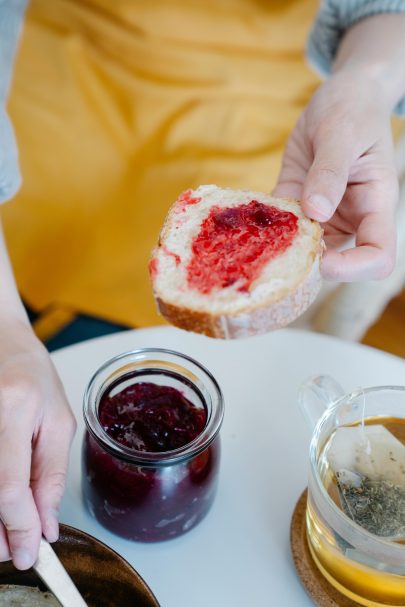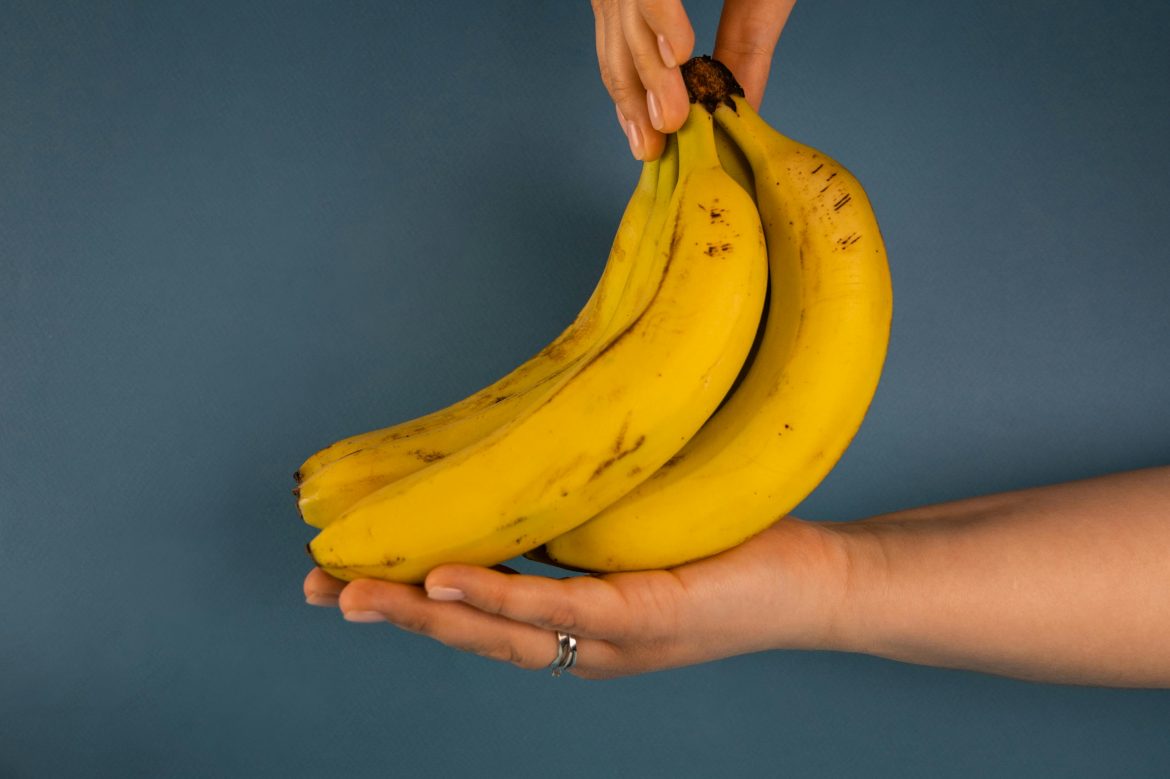When fruit slips past its peak, it is still full of flavour and potential. Softer textures and sweeter notes make overripe fruit ideal for cooking and baking, so there is no need to throw it away. With a little kitchen confidence, you can turn squishy bananas, melons, apples or berries into something delicious.
ALSO SEE: In the mood for winter comfort food? These are your healthy alternatives
Why overripe fruit works so well
As fruit ripens, natural sugars intensify and the flavour becomes more complex. That added sweetness can lean towards caramel, which is brilliant for heat-based recipes where you want richness and depth. The texture softens too, so fruit breaks down easily when blended or simmered, and binds beautifully in bakes.
Blitz into refreshing ice lollies
Warm weather and overripe fruit are a perfect match. Peel and trim any blemishes, then blend to a smooth purée. Stir in yoghurt for a creamy frozen yoghurt lolly, coconut milk for a tropical twist, or a splash of fruit juice to loosen. For a silkier finish, strain the mixture through a sieve before pouring into moulds. A few torn mint leaves lift the flavour without overpowering it. Freeze until firm.
Upgrade your smoothie game
Smoothies are an obvious win, but there are simple ways to make them even better. Blend overripe fruit with milk, a dairy alternative or yoghurt and serve at once. Or create freezer-ready cubes by blitzing fruit on its own, pouring into ice trays and freezing. In the morning, whizz the fruity cubes with your preferred dairy for a thick, almost sorbet-style smoothie bowl. Finish with a handful of fresh berries, mixed seeds or toasted coconut.
Make a small-batch jam

Pexels
A quick jam is an easy way to capture fruit at its sweetest. Weigh your prepared fruit, then use the same weight of sugar. Combine fruit and sugar in a pan and leave to macerate overnight; this helps the fruit release juice and speeds up cooking. Next day, add lemon juice for acidity, along with any spices you fancy such as vanilla or a pinch of cinnamon. Bring to the boil while stirring, then drop to a simmer and skim off any foam. After 20 to 30 minutes, test by spooning a little onto a cold saucer and chilling it for a few minutes. If it wrinkles or holds its shape when pushed, it is ready to jar. Cook a touch longer for a thicker set, or add more lemon juice if you prefer a brighter finish.
Simmer a versatile compote
Compote is a brilliant all-rounder to keep in the fridge or freezer. Stone, core or de-stem your fruit, then simmer gently with sugar and warming spices such as star anise, allspice, cardamom or vanilla. A tiny pinch of salt and a splash of vinegar bring balance and stop the sweetness from dominating. Cook until the fruit softens and you have a glossy, spoonable sauce. Serve warm over pancakes or waffles, cool it for spooning onto yoghurt or oats, use it to cut through rich meats like pork or venison, or drizzle over an ice cream sundae.
Bake it into something beautiful

Pexels
Baking is where overripe fruit shines. Citrus works wonderfully in cakes, whether blended whole and folded into batter, chopped and stirred through, or sliced to line a tin for an upside-down bake. Stone fruit, berries and rhubarb are made for crumbles, cobblers and classic pies, where their juiciness becomes an asset. For a quick showstopper, make a simple caramel in an ovenproof pan, add sliced bananas or apples, top with a sheet of puff pastry and bake until golden for an easy tarte tatin. Serve with vanilla ice cream and let the sauce mingle with the fruit’s natural sugars.
A final word
Overripe fruit is not waste. It is a shortcut to flavour, ready to be turned into ice lollies, smoothies, jam, compote or bakes that taste better precisely because the fruit has gone a little too soft. Keep a few basics on hand, like sugar, lemons and a couple of warm spices, and you will always have a way to rescue fruit that is past its best.
ALSO SEE:
Featured Image: Pexels
This article was originally written by Annemieke van Nieuwkerk for Food&Home.

